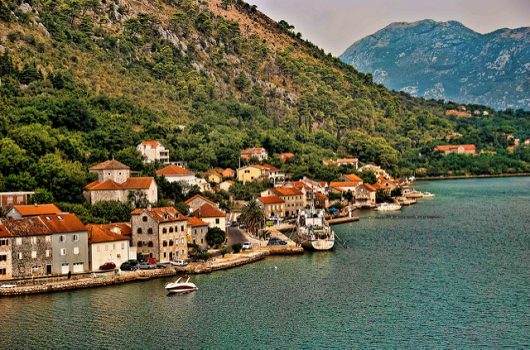How to Help People in Montenegro

Montenegro is one of the world’s newer nations, having become independent from Serbia in 2006. As such, development in the country is a work in progress, with several vulnerable groups still existing. There are a few different ways that people around the globe are figuring out how to help people in Montenegro. There are multiple foundations whose mission is to combat poverty within Montenegro as well as instances where individuals within the United States are helping out.
“Help – Hilfe zur Selbsthilfe” is a foundation that has been committed to providing people in need globally with prompt, sustainable, long-term aid and support since 1981. Their mission is in line with its principle of assisting people with working towards self-reliance. It works together with people that are in need regardless of their age, gender, political views or religious beliefs by providing aid in the aftermath of catastrophes.
Help has been working in Montenegro specifically since 1999, and the main focus of their work there is supporting the Roma people who had fled to Montenegro during the Kosovo war. Help focuses on clarifying residence issues such as access to health care, education and income opportunities by pursuing uniform approaches to solutions to reduce economic hardships while taking their culture and customs into consideration. Help is particularly focusing on Roma women, who tend to be the most disadvantaged in social and economic terms.
U.S. emergency planners and their counterparts in Montenegro came together in Podgorica to help the country better prepare the young democracy to effectively respond to potential catastrophic disasters in a four-day working session that is part of the Department of Defense Civil-Military Emergency Preparedness Program. This program is a global initiative to help countries be better able to address security concerns and be prepared to manage all varieties of hazards.
BalkanInsight has an interesting take on when people want to learn how to help people in Montenegro. The article talks about how poverty is not simple, and those who believe that it is do not necessarily understand it. Not all children in the country suffer from hunger; on the contrary, almost one in four children under five are overweight, with just 7 percent of Roma children being underweight compared to 1 percent of the general population.
Sometimes where hunger does occur in Montenegro it is because of family problems, such as mental health, addiction or domestic violence. Situations such as these require more complex interventions, not necessarily the food parcels that are shown time and again on social or broadcast media. It is wise in a situation like this to realize that it is always good to help when one needs help, but to be careful as to how you are helping and make sure that you are truly helping rather than hurting.
– Sara Venusti
Photo: Flickr
